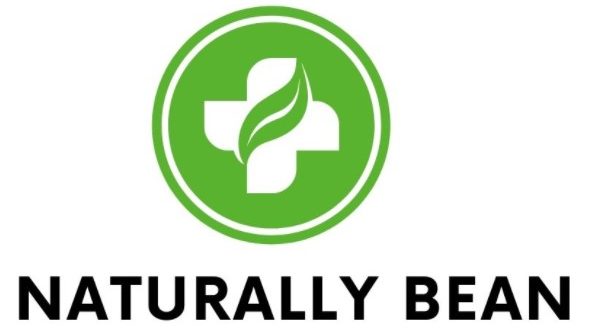Your resume is more than just a document—it’s your first impression and your ticket to a potential job opportunity. A well-crafted resume builder can set you apart from the competition and showcase your skills, experiences, and accomplishments in a way that’s tailored to the job you’re pursuing. But creating a standout resume takes strategy, precision, and a keen understanding of what employers are looking for.
This guide will walk you through the key steps to building a professional resume that highlights your strengths and helps you land your dream job.
Prioritize Clarity and Simplicity
Recruiters spend an average of 6 seconds scanning a resume before deciding whether to look further. That’s why it’s crucial to keep things clear and to the point. Here are a few tips to ensure your resume grabs attention quickly:
- Use a clean design with plenty of white space to make it easy to read.
- Choose a professional font like Arial, Calibri, or Times New Roman.
- Focus on structure, including well-defined sections for your contact information, summary, work experience, education, and skills.
- Avoid unnecessary details like graphics or lengthy paragraphs that make your resume appear cluttered.
Simple formatting ensures your achievements take center stage and don’t get buried under design noise.
Start with a Strong Summary
Your resume summary is your elevator pitch. It’s a brief, compelling section that gives recruiters an overview of your background, professional goals, and why you’re an ideal candidate. Make it impactful by:
- Mentioning your most relevant skills or experience.
- Highlighting a key accomplishment to hook the reader.
- Tailoring it to align with the role or industry you’re targeting.
For example:
“Detail-oriented project manager with over 5 years of experience leading cross-functional teams. Successfully delivered high-budget projects on time and within scope. Skilled in stakeholder communication and resource management.”
An attention-grabbing summary can entice hiring managers to read further.
Showcase Achievements in Work Experience
Your work experience section is the backbone of your resume. This is where you demonstrate your career progression, reliability, and expertise. To stand out, focus on quantifiable achievements rather than generic duties. For example:
- Generic duty: “Managed company social media accounts.”
- Quantifiable achievement: “Boosted social media engagement by 40% and increased followers by 15% over 6 months by implementing targeted campaigns.”
Use bullet points to format this section for easy reading, and start each point with an action verb like “Developed,” “Led,” “Implemented,” or “Improved.” Tailor your experience to the job description to highlight how your past roles prepare you for the role at hand.
Highlight Key Skills
Skills are often screened by applicant tracking systems (ATS), so it’s important to include both hard and soft skills relevant to the job. Hard skills might include proficiency in software tools, programming languages, or certifications, while soft skills could highlight your teamwork, adaptability, or leadership abilities.
For example:
- Hard Skills:
- Proficient in Excel and data analytics
- Certified ScrumMaster
- Strong copywriting and content marketing expertise
- Soft Skills:
- Excellent time management and multitasking abilities
- Strong interpersonal communication
- Proven leadership in team settings
Be strategic by aligning your skills with the ones listed in the job posting.
Tailor for Each Job Application
One of the common resume mistakes is sending the same version to every job. Recruiters can instantly spot a generic resume, so take the time to customize it for each job application. Look for specific keywords in the job description, and incorporate them naturally into your resume. Highlight experiences, skills, and certifications that match the qualifications and responsibilities specified in the posting.
Showing this sense of attention to detail signals that you’re both serious about the opportunity and well-prepared.
Education and Certifications Matter
Education and certifications are essential evidence of your qualifications. Include your highest degree or diploma, including the name of the institution, graduation date, and relevant coursework (if you’re a recent graduate). For certifications, list those that are current and applicable to your career goals.
Tip for job seekers early in their careers—consider including internships, relevant academic projects, or volunteer work to fill in gaps and demonstrate your skills.
Proofread and Update Regularly
Mistakes on a resume can hurt your chances of getting an interview. Proofread your resume multiple times or ask someone you trust to review it for errors. Look for:
- Typos or grammatical mistakes.
- Formatting inconsistencies.
- Outdated or irrelevant content.
Additionally, revisit your resume regularly to include new roles, updated achievements, or completed certifications. Keeping it fresh ensures you’re ready to seize the next big opportunity.
Final Thoughts
A professional resume is more than just a document—it’s your personal brand in a snapshot. By focusing on clear design, tailoring your content for each application, and emphasizing measurable achievements, you’ll be on your way to standing out in the competitive job market. Whether you’re just entering the workforce or advancing to the next stage of your career, a thoughtfully crafted resume is your key to stepping closer to your goals.
Start building yours today; every word on your resume is a step toward your future.
